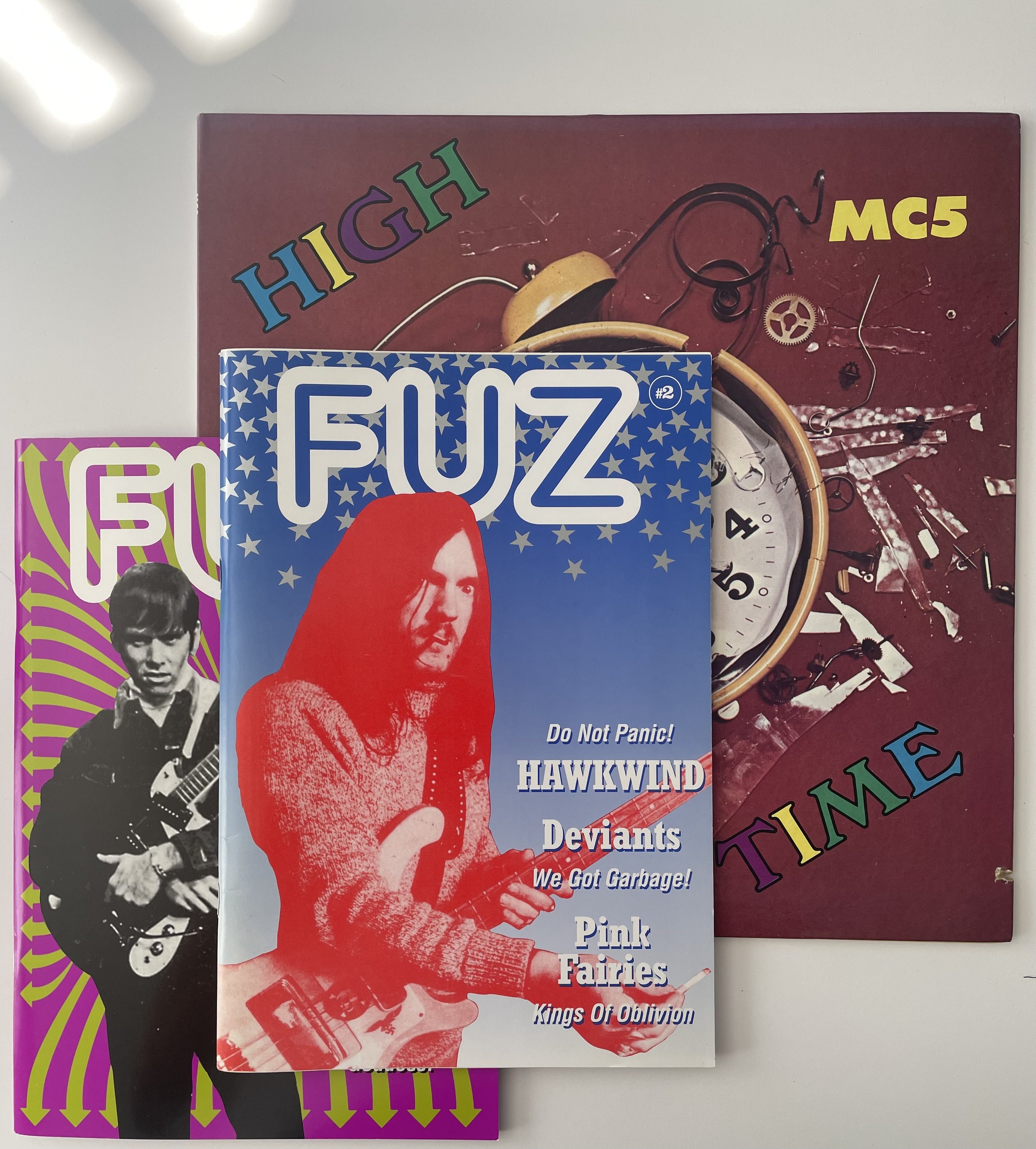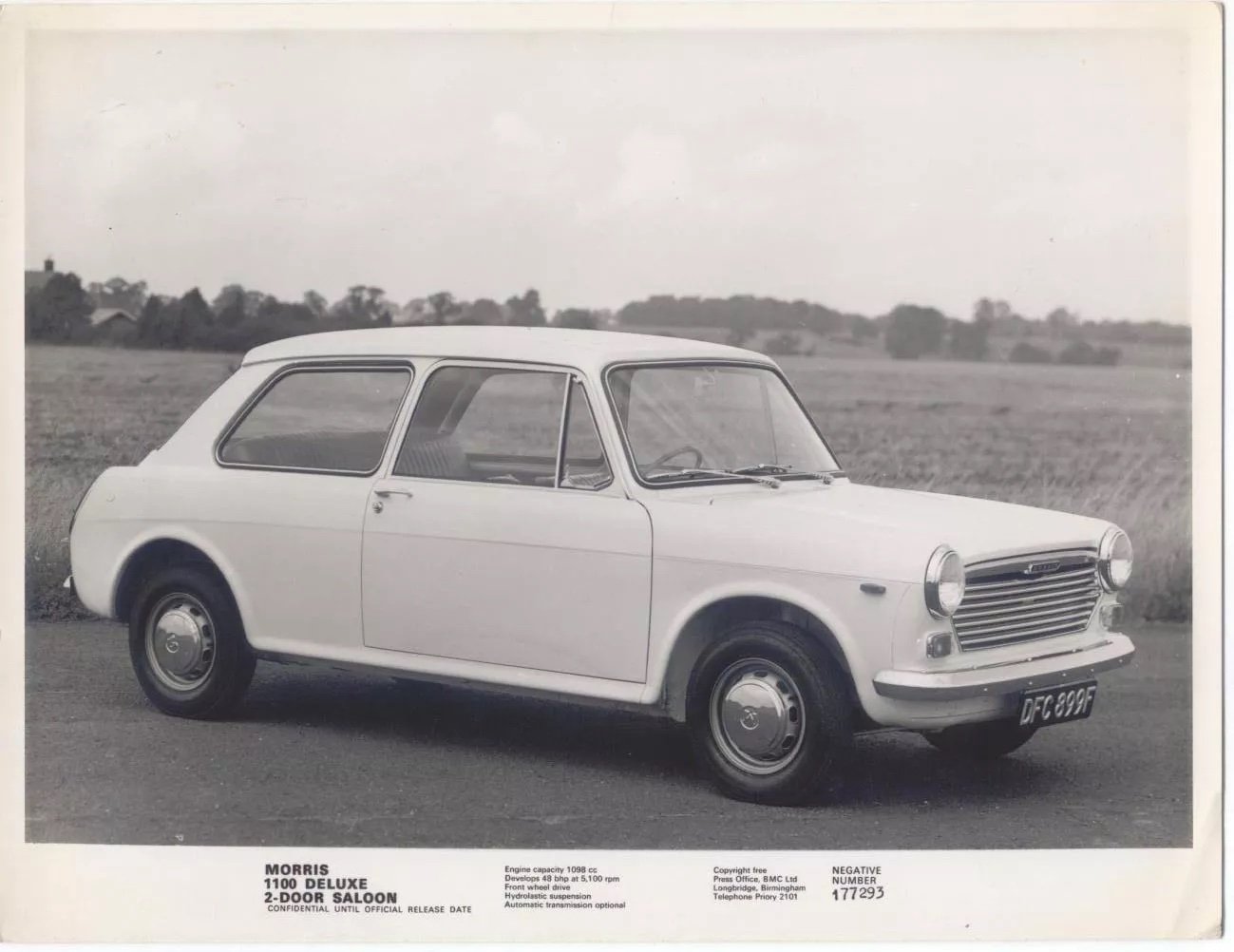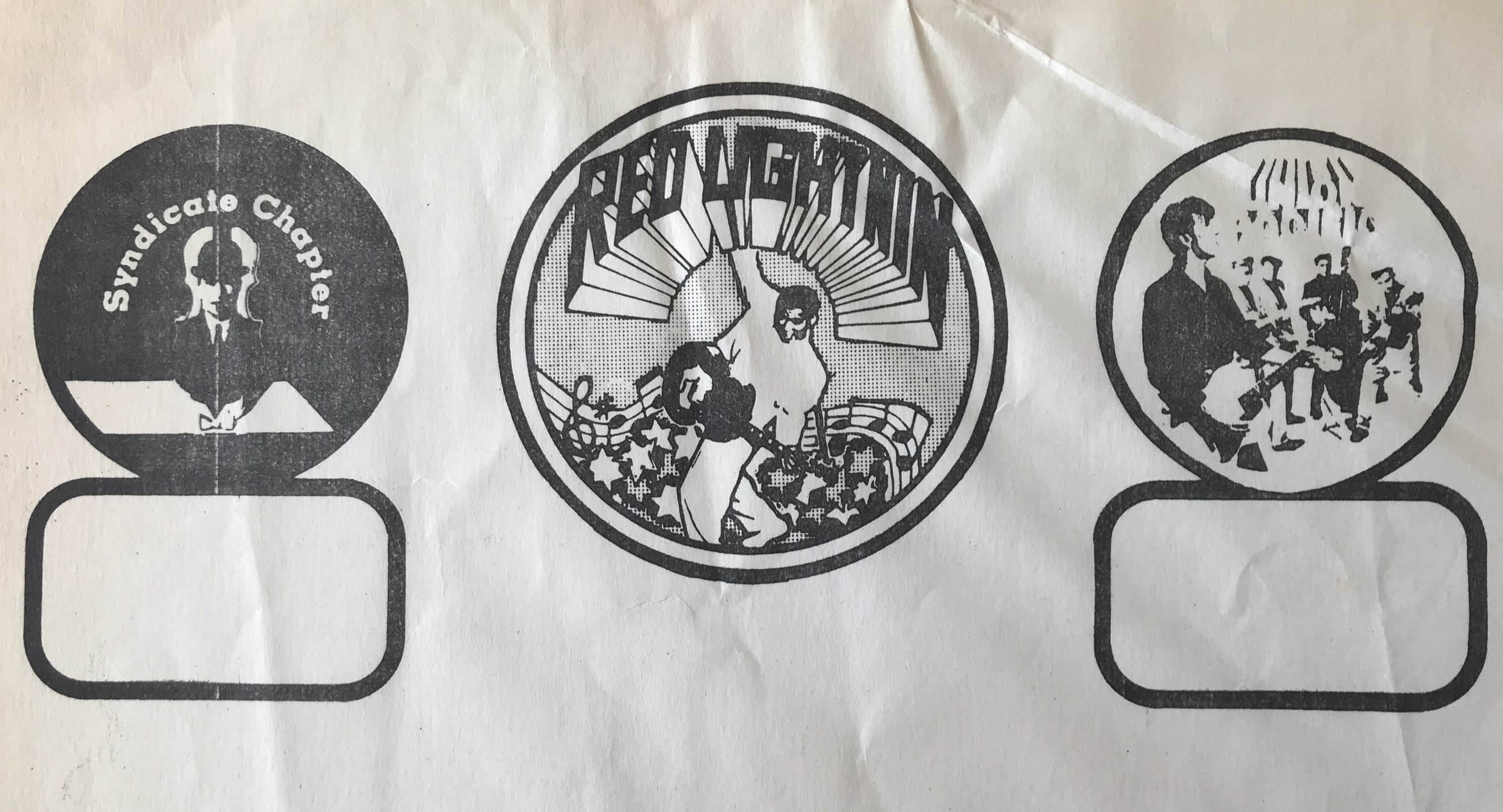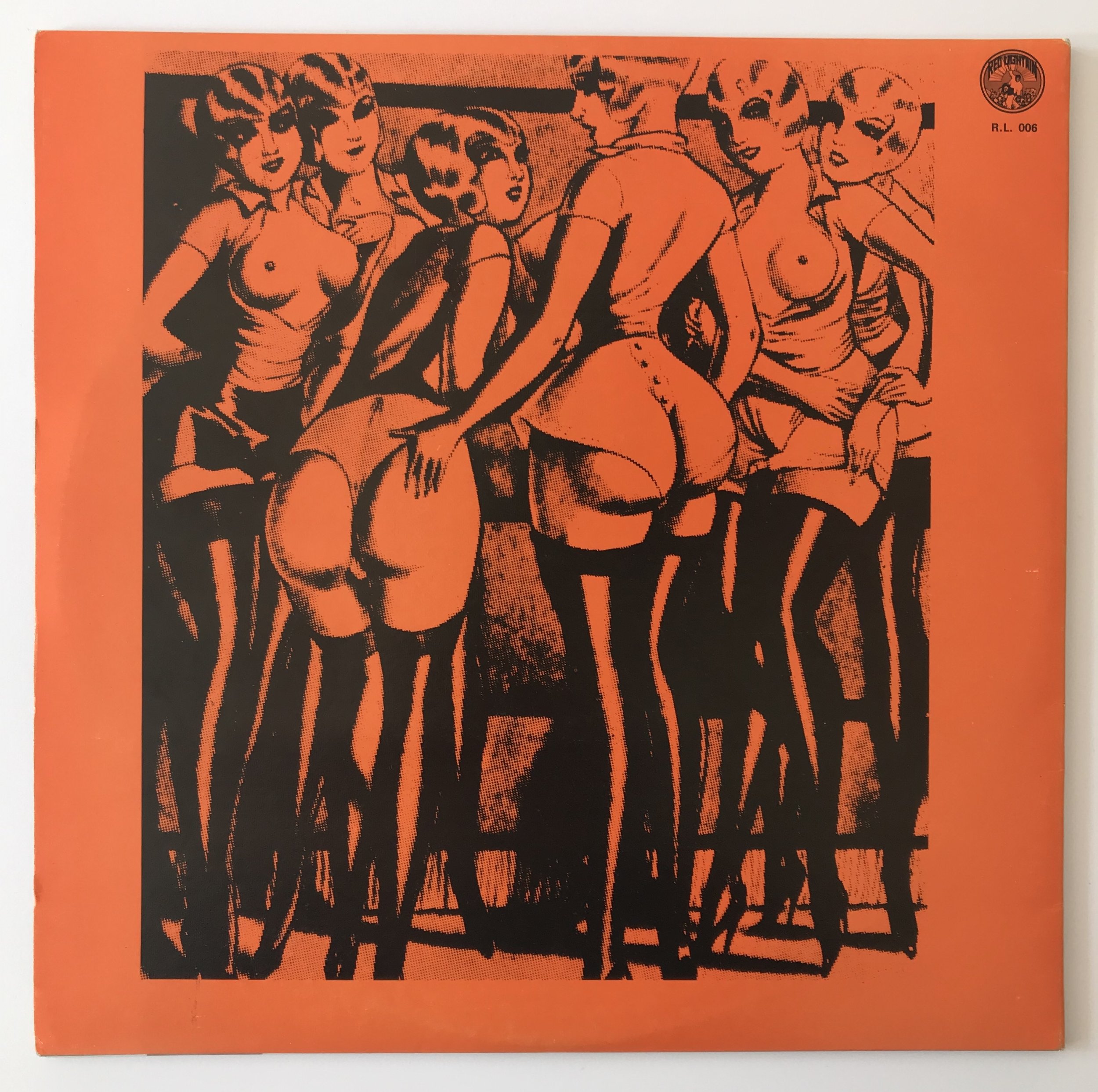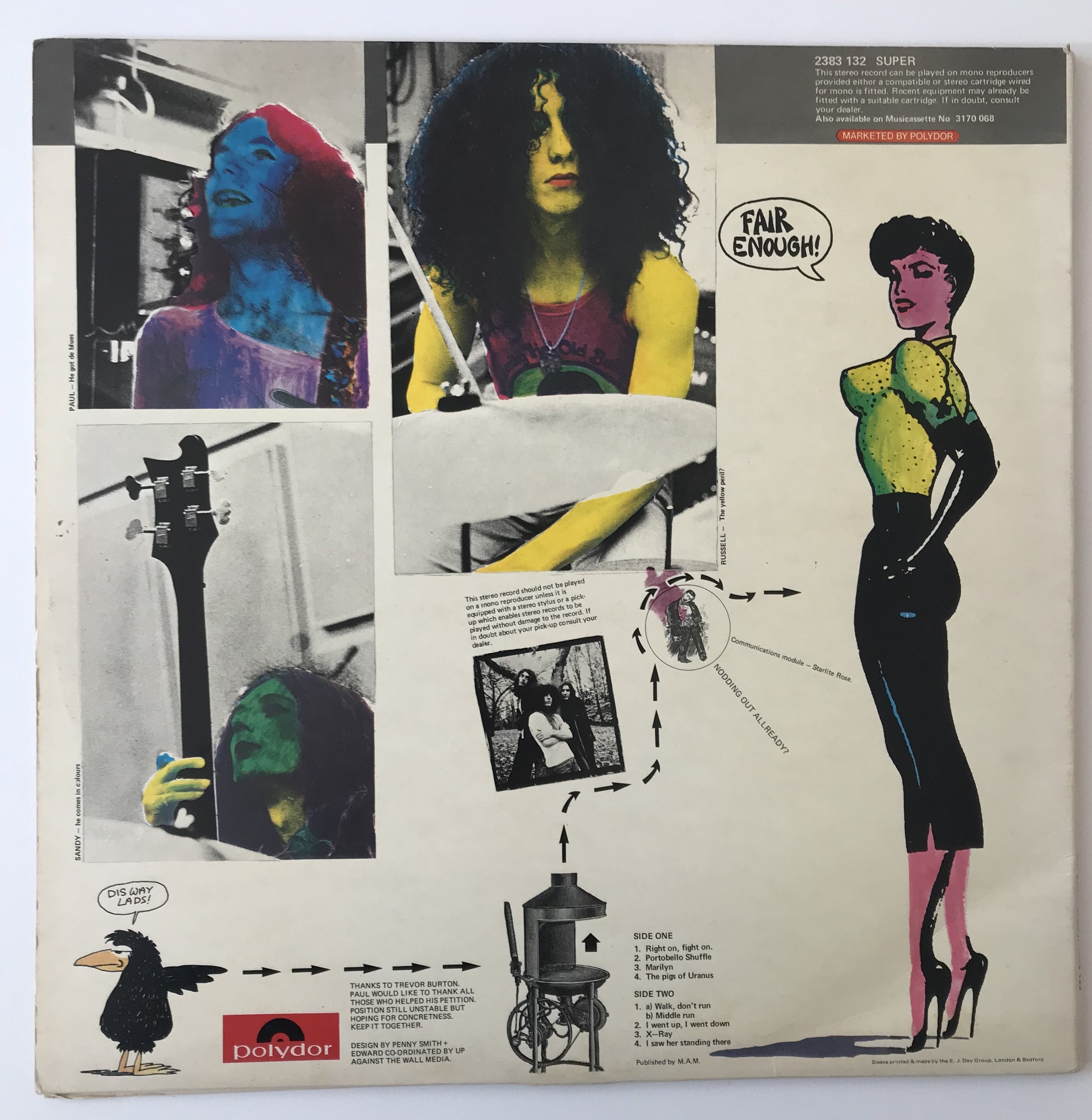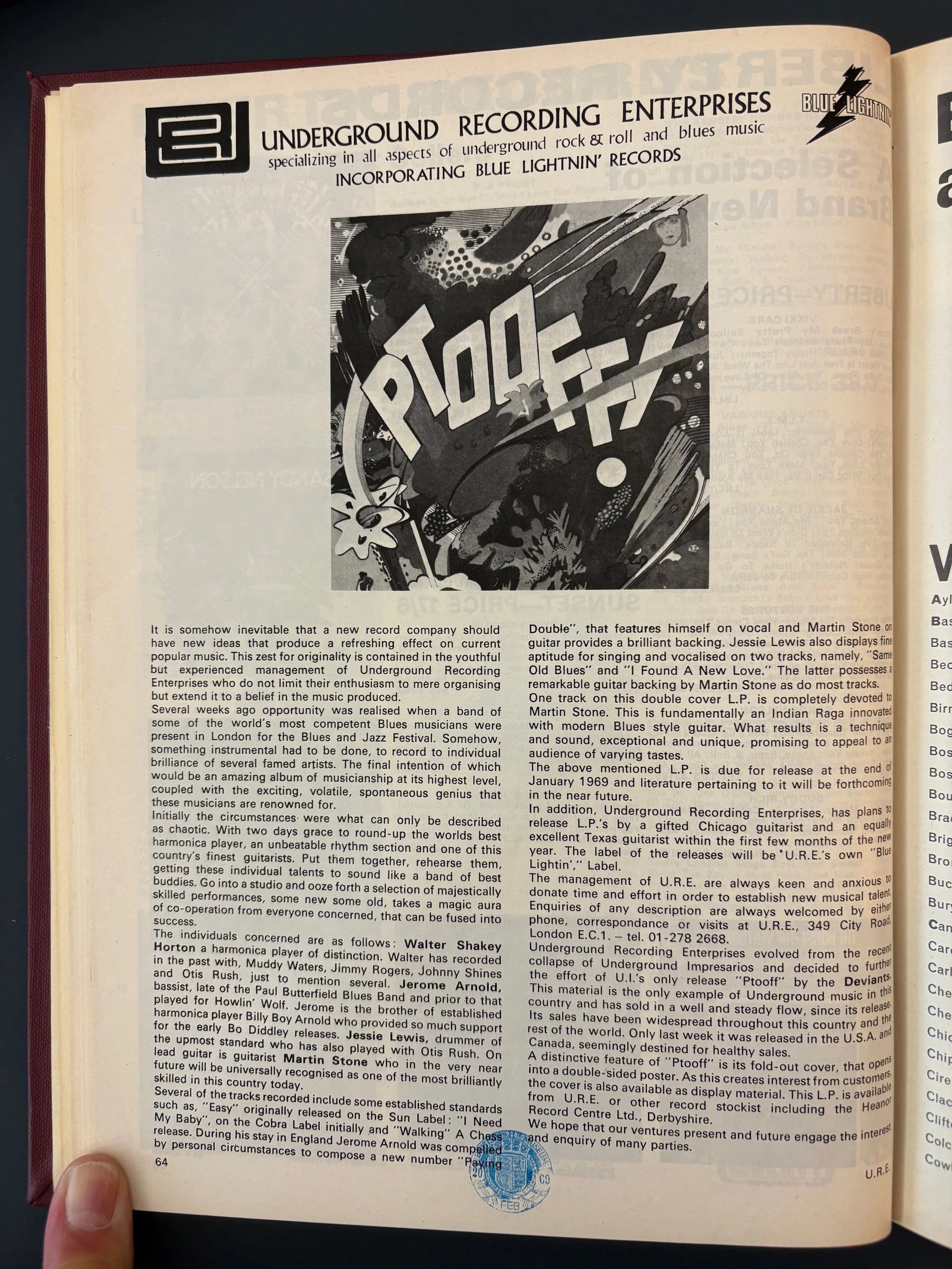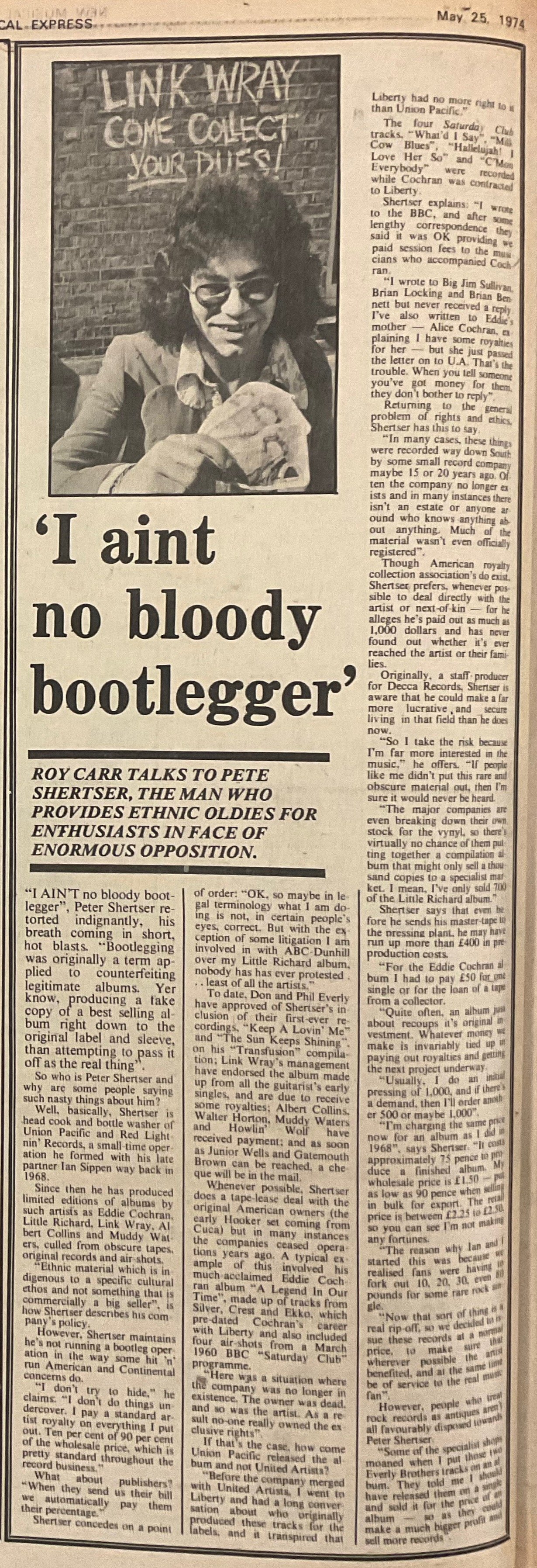Following the baptism in the fire of love delivered by ‘Sister Anne’ and ‘Baby Won’t Ya’ on Side One of High Time comes Wayne Kramer’s paean to love’s healing power, ‘Miss X’ – the Five’s most affecting trip into the arms of carnal romance. But who was Kramer’s amour fou, his mystery woman, his Miss X? The Seth Man has gleaned the righteous dope on this tale of passion unwound, or what he calls – ‘an exercise in capturing the spirit of sexual abandon and outright helpless rutting (“Sensations rollin’, turnin’ from me to you / Causing this aura of heat to swirl, yeah”)’.
Here ’Tis; his story:
Miss X, MC5 & Pink Fairies At The Speakeasy August 4, 1970 (Tuesday night) and aftermath (Wednesday morning)
In August, the International Times ran with a parody of a sensational tabloid-styled headline that it splashed across its front page: ‘NUDE WOMAN, LONDON PIGS & REBEL MUSICIAN’. Above and below the headline, in equally bold san serif type: ‘TITS, ASS & HOT REVOLUTION! / MULTIPLE L.S.D. – RAPE SUICIDE BID’. The main story was sub-headed ‘Lovely New Zealander’s night of drama’ and delivered in scandalous detail the events that had unfolded one night at the Speakeasy club. The piece, by Mick Farren, satirised newspaper shock and sensation stories of the underground freak scene, and referred to the ‘nude woman’ in question as ‘auburn-haired Miss X’, whose name we are unable to reveal’. Since Wayne Kramer was already fast friends with Farren, could it be that he took the anonymous appellation of said woman and used it as both title and subject of one of his most uncharacteristic songs? As told in IT, the story follows closely the first-hand account of the night’s events that was much later told to me by Joly McFie, a member of The Pink Fairies road crew at the time.
***
A little more than a fortnight after their televised appearance at a free concert staged at Wayne State University in Detroit on Tartar Field, the MC5 were in the UK for the legendary Phun City Festival, held near Worthing in West Sussex. Promoted and assembled by ex-Deviants vocalist Mick Farren, it would become known as a highwater mark of 1970 Rock Music in the UK courtesy of The MC5’s high energy performance as well as that of The Pink Fairies whose two drummers, Twink and Russell Hunter, stripped naked at one point during their set in a show of zapped-out freak power.
Following Phun City, on August 4, The MC5 were scheduled to appear at the Speakeasy club, located at 48 Margaret Street in London’s busy West End. Earlier that day, MC5 guitarist Wayne Kramer encountered a young woman from New Zealand who expressed a desire to get high. Always obliging, he passed the young woman some speed along with an invitation to see his band that night.
Supporting the MC5 were the Pink Fairies, who shared their gear with the headliners. Twink, however, was banned from the Speakeasy, so had to be secretly transported into the club hidden inside a bass drum case. Let loose, and dressed, once more, only in his birthday suit, he invaded the stage during the MC5’s set, which led to him being, yet again, ejected from the club.
MC5 Kicking it out at the Speakeasy, photograph by Noel Shearer
After the MC5 finished their set, the young woman had begun to exhibit the effects of not only the speed but of several alcoholic drinks and a dose of LSD from an unknown donor. Acting in an irrational and agitated manner, in the ladies’ room she began blocking the sinks and turning on all the taps before, like Twink, stripping off all her clothing. The manager of the club insisted the scene cease at once or law enforcement officials would be summoned. Swift steps were then taken by Pink Fairies bass player, Duncan ‘Sandy’ Sanderson and Roderick ‘Noddy’ Mackenzie of White Trash, who ushered the young woman into a waiting Morris 1100 automobile driven by Pink Fairies roadie, Joly McFie. Once on the road, the young woman, still naked, still freaking out, was now repeatedly screaming: ‘I NEED A FUCK!! CAN NONE OF YOU GIVE ME A FUCK?!’ While doing so, she was positioned on her back, lodged in-between the front seats with her head blocking the gear stick, causing Joly to make the short journey stuck in third gear. As he recalled later: ‘every light seemed to be red, and I was having to crawl away using the clutch’.
As the woman repeatedly yelled out for ‘A PROPER FUCK!’, Sandy attempted to oblige her while the automobile wended its way through the early morning hours to Regent’s Park where Joly found a quiet spot to pull over and park the car, where upon he got out. Those left inside kept ‘sensations rollin’ until Miss X changed position and popped out the windscreen with her feet, which Joly, standing nearby, caught whole. Coitus interruptus, Miss X then ran off in the direction of the nearby Regent’s Canal into which she jumped.
Sandy and Joly kept an eye on the intoxicated woman while she swam and continued her vocal dissatisfactions for several minutes before the police showed up. While the police cars were converging, Joly procured a blanket to cover her up. She was then escorted by Metropolitan police to a nearby hospital. Her condition improved with daylight and, according to Joly, ‘she was feeling much better and graciously sent thanks for our efforts’ on her behalf.
Whether or not Kramer just swiped his title from the story or from elsewhere, or even if ‘Miss X’ was more profoundly influenced by the ‘lovely New Zealander’s night of drama’, is perhaps neither here nor there. However compelling the coincidences, keeping true to convention the subject of ‘Miss X’ must remain as much a mystery as Miss X herself.
– The Seth Man
The tale of Miss X’s night of misadventure has also been retold in Rich Deakin’s inestimable biography of The Deviants and Pink Fairies, Keep It Together, with further collaboration from Sandy Sanderson, but the potential link to Kramer’s composition is all The Seth Man’s. Farren didn’t re-live that night in his autobiography, he does, however, give over a fair few pages to the Speakeasy and the sexual politics of the time:
The Speakeasy was not only the place for late booze. It was also where the girls were; one of the city's high temples of the groupie culture that would so fascinate the media. The lipstick killer parade of assumed boredom, platform shoes, scarlet talons, transparent chiffon, fishnets, false eyelashes, appliqué glitter, hotpants, short-short dresses and attitudes of superiority would continue for more than a decade. Much has been made of the oppression of women in rock & roll. Was the groupie a brainwashed victim craving a second-hand and illusionary contact high, or an independent woman making her own choices, fully in control of her own body and sexuality? Germaine [Greer] appeared to cleave to the former in both word and deed when I knew her, but in later life I understand she has recanted her former hedonism.
Tracking back only a few years and ‘Miss X’ was the nom de plume used by the press for Christine Keeler in the Profumo Affair . . . West End Stories on repeat with a Cha Cha Cha rhythm as scored by John Barry [click on the image below]
The Seth Man’s outstanding webpage The Book of Seth on Julian Cope’s Head Heritage can be read HERE His Fuz magazine from the end-of-the-twentieth-century is equally essential reading.
The Love Bug Pink Fairie style






